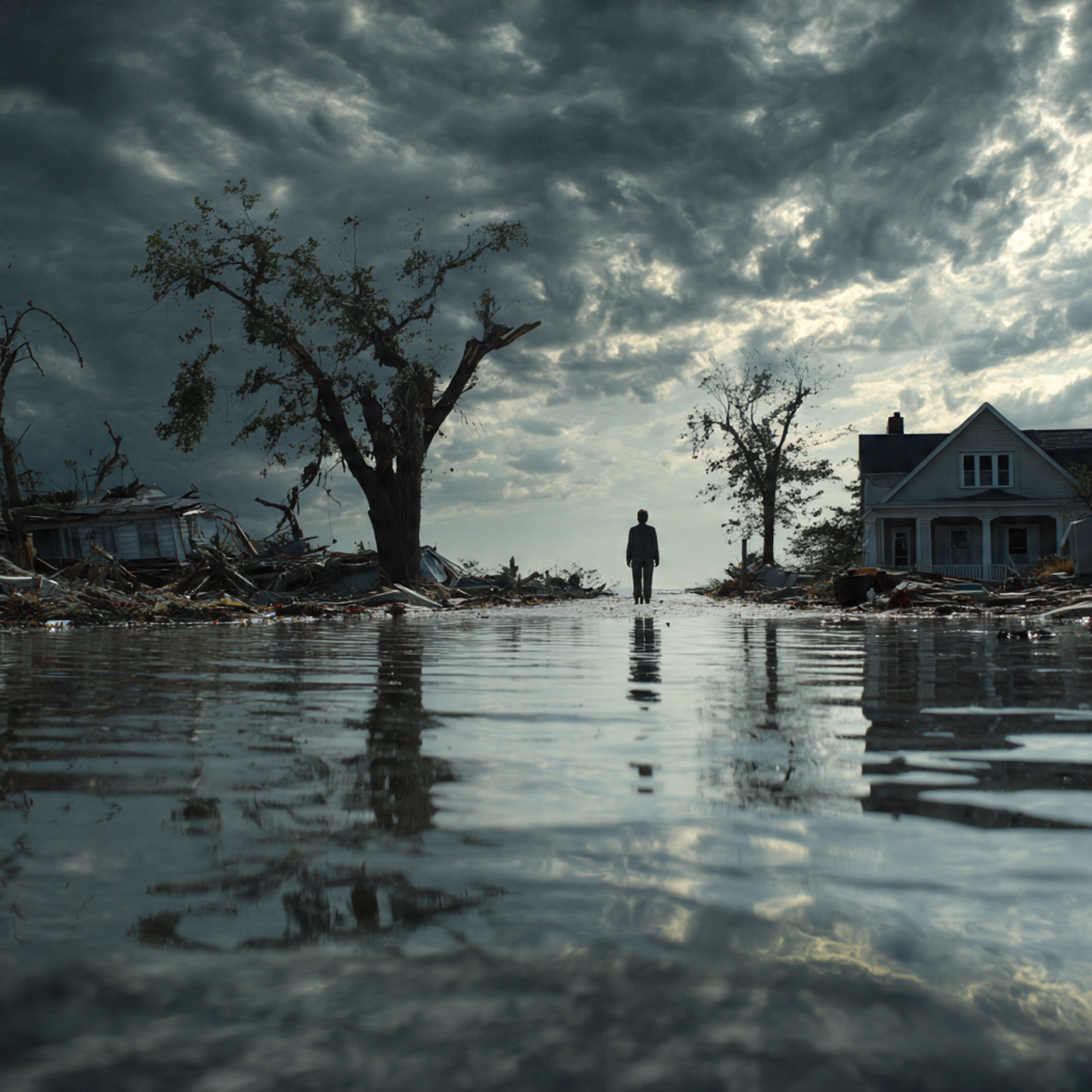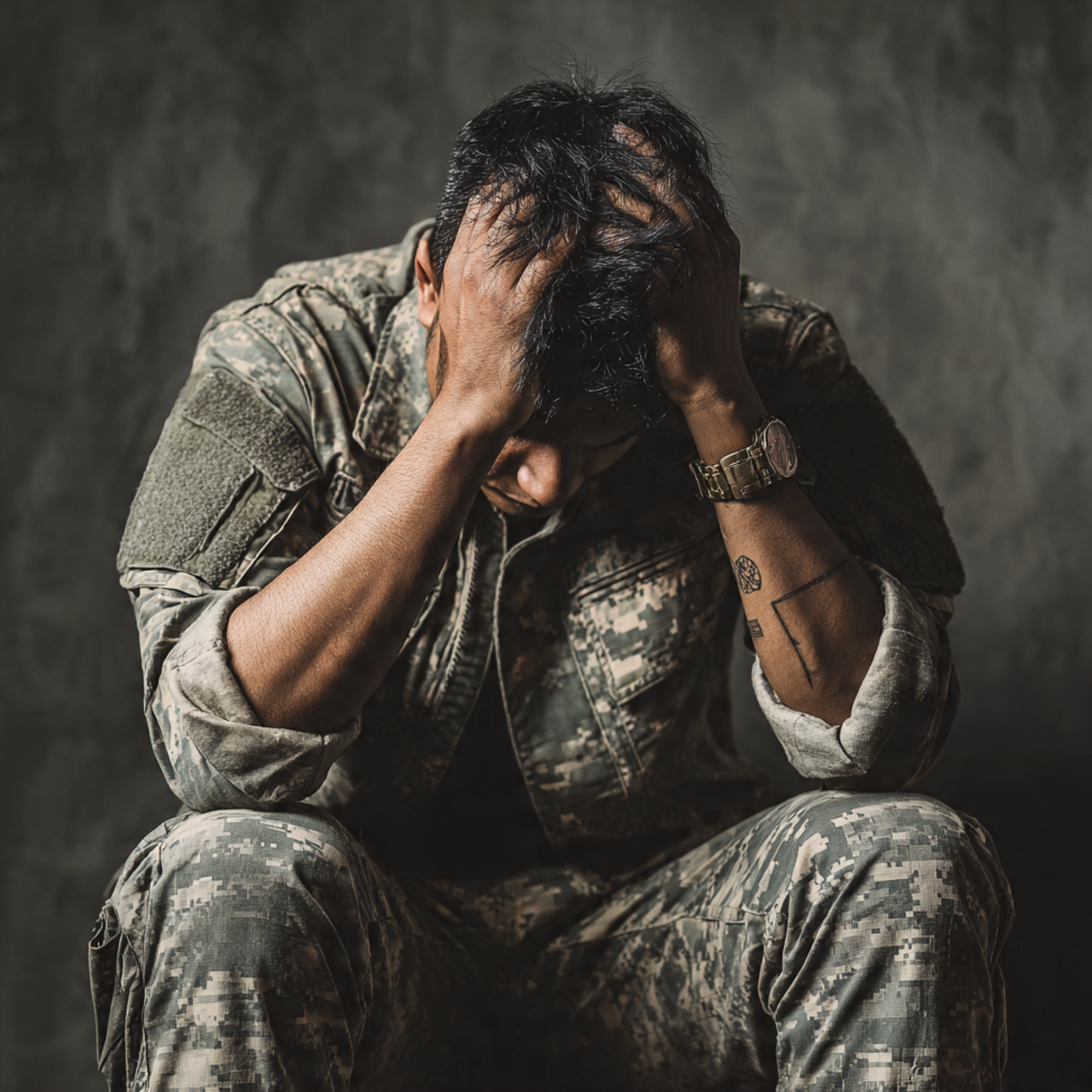PTSD After Natural Disasters: Coping with Floods, Fires and Hurricanes

Natural catastrophes like earthquakes, hurricanes, wildfires, and floods happen suddenly and affect people’s minds as well as their homes and livelihoods. Even when the physical damage is obvious—destroyed houses, uprooted trees, flooded streets—the psychological scars are often hidden. Post-Traumatic Stress Disorder (PTSD) is one of the most serious mental-health consequences of such traumatic events. This article explores PTSD symptoms in the context of disasters, their causes, and — most importantly — coping and healing strategies for individuals, families, and communities.
Understanding PTSD in the Context of Disasters
PTSD is a mental health condition caused by experiencing or witnessing a life-threatening event. After a disaster, people may experience:
- Intrusive recollections of the incident, such as nightmares, flashbacks, or upsetting thoughts.
- Increased arousal — difficulty falling asleep, constant tension, and being easily startled.
- Avoidance behaviors — avoiding conversations, sounds, or places that trigger memories of the disaster.
- Negative mood changes — feelings of guilt, numbness, or hopelessness.
Some stress reactions immediately after a disaster are normal. PTSD is considered when symptoms interfere with daily life and persist for longer than a month.
Why Natural Disasters Trigger PTSD
- Suddenness and loss of control: Disasters happen without warning and leave survivors feeling powerless.
- Threat to life and loved ones: Fear for personal safety or the safety of family exacerbates trauma.
- Massive destruction: Seeing familiar surroundings destroyed can shatter identity and sense of security.
- Prolonged stress: Displacement, financial loss, and lengthy rebuilding add persistent stress that fuels PTSD.
Common Natural Disasters and Their Psychological Effects
1. Floods
Flood survivors commonly develop long-term fear of water, rain, or storms. In regions with seasonal flooding, anxiety may spike whenever clouds gather. Children may have trouble sleeping, and adults may experience persistent worry about losing belongings.
2. Wildfires
Rapid evacuation and unpredictable fire spread can create intense terror and survivor’s guilt (“Why did I survive when others didn’t?”). Later, flashbacks may be triggered by the smell or sight of smoke.
3. Hurricanes and Cyclones
These events often involve displacement, flooding, and strong winds. Survivors may dream about raging seas or screaming winds and experience ongoing stress during the long reconstruction phase.
Who Is More at Risk?
Not everyone exposed to a disaster develops PTSD. Risk factors include:
- Prior trauma: Past abuse, wartime exposure, or severe accidents increase vulnerability.
- Event intensity: Greater damage, casualties, or fatalities raise risk levels.
- Limited support systems: Lack of friends, family, or community resources slows recovery.
- Children and adolescents: Developing brains are especially vulnerable to fear and disruption.
Signs to Watch For
Early recognition of symptoms can make a big difference. Watch for:
- Recurring flashbacks or nightmares
- Avoiding reminders of the disaster (not talking about it, avoiding places)
- Emotional detachment or numbness
- Hypervigilance (always “on guard”)
- Anger outbursts, irritability, or reckless behaviors
- Difficulty concentrating or sleeping
If these symptoms persist for more than four weeks, seeking professional help is strongly advised.
Preparing for the Future: Building Mental Resilience Before Disasters Strike
While natural disasters are unavoidable, we can prepare our minds to cope better:
- Emergency planning: A disaster kit and clear evacuation routes reduce anxiety.
- Stress-management skills: Mindfulness and deep-breathing exercises increase emotional resilience.
- Community education and drills: Awareness campaigns and drills foster a sense of preparedness and control.
Proactive mental preparedness not only reduces trauma but also speeds recovery when disaster strikes.
The Road to Healing: Coping Strategies and Support
Recovery from disaster-related PTSD requires compassion, patience, and organized support. Healing is not linear; setbacks are common. The following evidence-backed strategies help survivors and families:
1. Immediate Psychological First Aid
In the days and weeks after a disaster, survivors need:
- Basic necessities: food, clean water, shelter, and medical care.
- A calm environment to help settle the nervous system.
- Connection: talking with volunteers, family, or friends to reduce isolation.
Psychological First Aid (PFA) emphasizes comfort, active listening, and linking survivors to resources.
2. Professional Therapy
If symptoms persist, therapy is essential:
- Cognitive Behavioral Therapy (CBT): Reduces avoidance and reframes negative beliefs.
- Eye Movement Desensitization and Reprocessing (EMDR): Aims to lessen the emotional intensity of painful memories.
- Trauma-focused CBT for children: Helps young survivors safely process fears.
For displaced people, online therapy can be an accessible option.
3. Community Support Groups
Support groups for survivors offer understanding and validation. Speaking with others who “get it” reduces shame and loneliness.
4. Grounding and Mindfulness
Techniques like body scans, deep breathing, and mindful observation calm the nervous system. Even five minutes of deep breathing each morning can reduce hyperarousal.
5. Routine and Structure
Restoring daily routines—regular meals, sleep schedules, and moderate exercise—brings stability when life feels uncertain.
6. Creative Expression
Art therapy, journaling, or music help process feelings that are difficult to express in words.
7. Healthy Lifestyle Choices
A balanced diet, regular exercise, and moderating alcohol and caffeine support mental resilience.
Supporting Children After a Disaster
Children often show distress differently. Common signs include:
- Sleep problems or bedwetting
- Clinging, fear of being alone, or separation anxiety
- Withdrawal or aggressive behavior
- Repeated play that reenacts the disaster
Caregivers can help by maintaining routines, encouraging open conversation without pressure, validating feelings (“It’s okay to feel afraid”), and seeking professional help if symptoms persist.
The Role of Community and Policy
Recovery from disaster-related PTSD requires coordinated community and policy efforts:
- Emergency preparedness: Clear evacuation plans reduce trauma during emergencies.
- Accessible mental health care: Free or subsidized counseling for survivors.
- Long-term support: School-based interventions, job programs, and housing assistance help rebuild lives.
- Community rebuilding projects: Activities like rebuilding homes or planting trees foster resilience and hope.
When to Seek Professional Help
Encourage survivors to seek help if:
- Symptoms last more than a month.
- Symptoms interfere with daily functioning (work, school, relationships).
- Thoughts of suicide or self-harm occur.
Seeking help is an act of strength and self-care, not weakness.
Finding Hope After Trauma
Although disasters remind us of life’s fragility, they also reveal human resilience. Many survivors experience post-traumatic growth: deeper appreciation for life, stronger relationships, and renewed purpose. Regaining safety, meaning, and hope is central to PTSD recovery — survivors can rebuild not only their homes but also their inner strength with compassionate care.
Key Takeaways
- PTSD is a common but treatable consequence of natural disasters.
- Recovery depends on community connections, timely professional help, and early intervention.
- Resilience is built through understanding, hope, and patience — healing takes time.

If you or someone you know is struggling after a disaster, reach out to local mental health services, emergency hotlines, or disaster relief organizations for support.
.webp)

